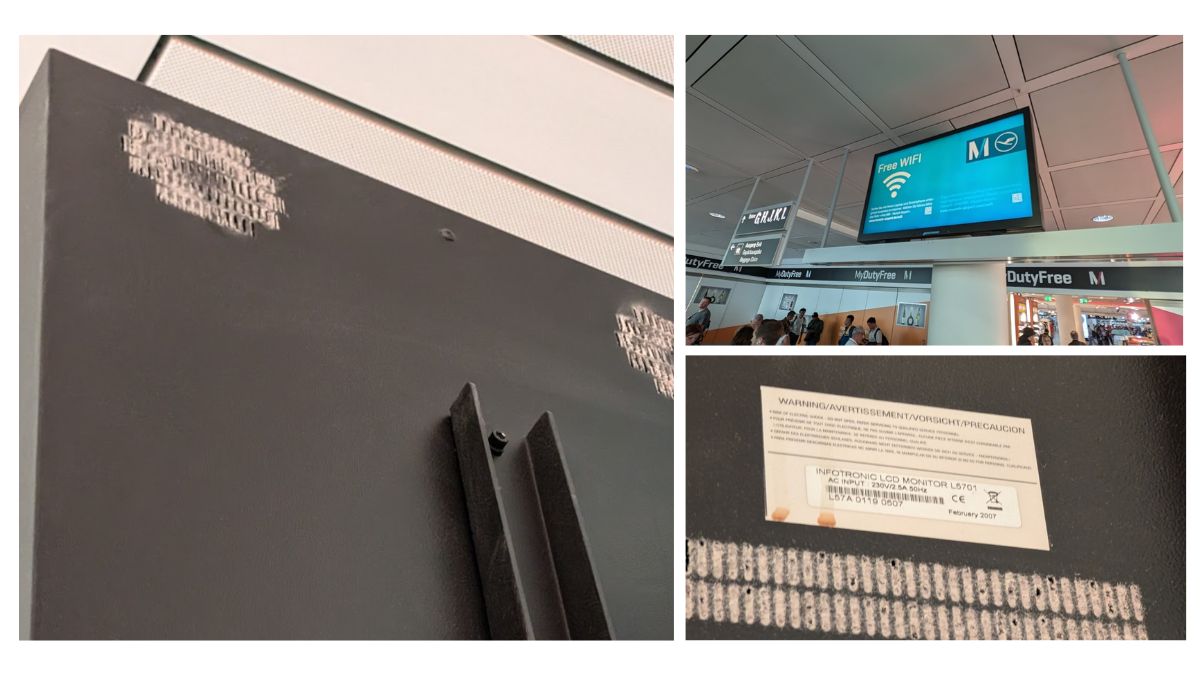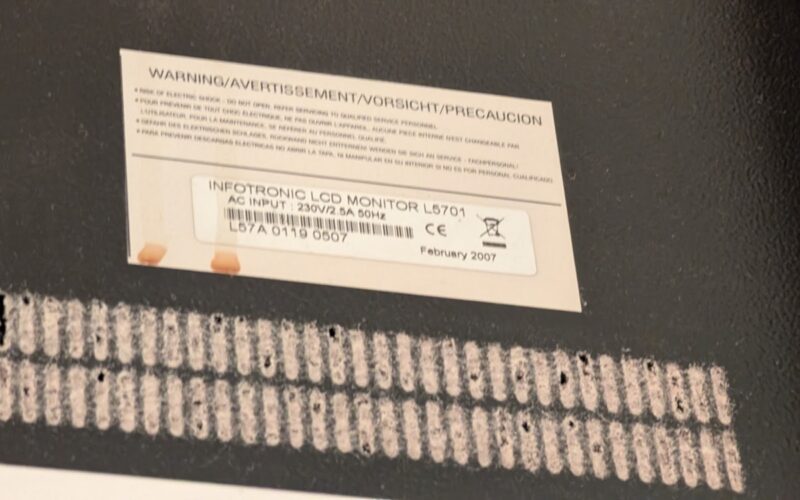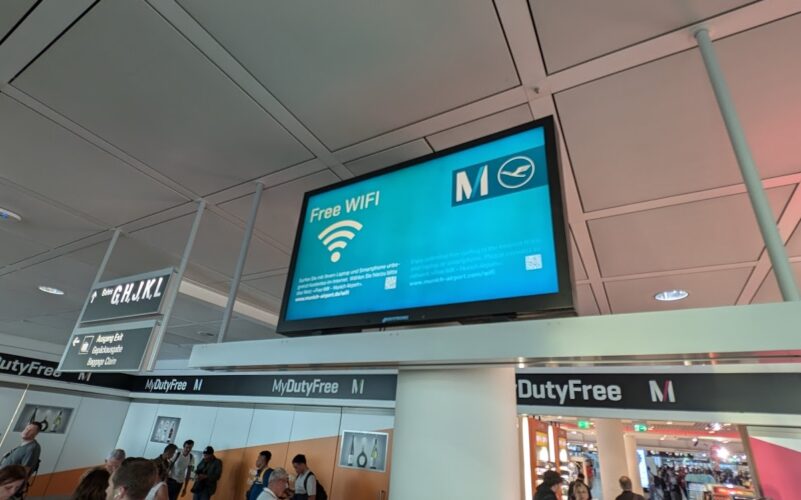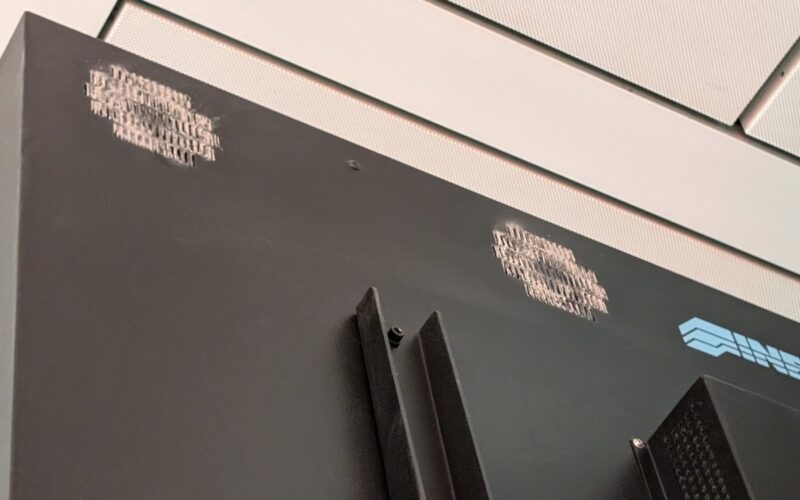Old love gathers dust but doesn't rust – this could be the story of FIDS displays at airports around the world. In a relatively controlled environment, professional digital signage displays run twice as long as retail displays. In Munich, we discovered screens from February 2007 that are still active.

Green Signage: Dusty, But Going Strong
Everything was better in the old days – a saying often heard in the digital signage industry. And to some extent rightly so, at least when it comes to hardware quality: Modern digital signage screens are mostly designed for price rather than durability. How much of a difference good quality screens with metal housings can make becomes evident at Munich Airport – many of the screens here were installed in 2007 and are still running.



Munich Airport is known as an eccentric in the airport industry. The IT department is staffed with experts who develop individual solutions instead of tendering for standard solutions. Digital signage is no exception.
With Infogate, the airport operator developed a then revolutionary, video-based information display platform, which is also used by competitors. Right from the start, the FIDS displays were built with durability and reliability in mind. When the competition had long opted for plastic hardware, Munich’s Terminal 1 was equipped with metal-housed large format screens. The external media players used were made in Munich and among the most robust kinds on the market.
Terminal 2, which opened 21 years ago and is operated as a joint venture with Lufthansa, still uses its first-generation FIDS displays. The displays with active cooling were manufactured by a company called Infotronics. The company has mostly fallen into oblivion but its displays from February 2007 are still in full operation today. Their age is visible from the backside where plenty of dust on the ventilation outlets testifies to the many hours of operation. Still, these screens show that robust metal housings and direct-LED are superior to today’s plastic housings and edge-LED in long-term operation. When they were installed, there was no talk yet of smart displays which means outdated SoCs posing IT security concerns are not an issue.
Of course, the display quality of the screens is no longer optimal and they are probably nearing their well-earned retirement. Nonetheless, 17 years of continuous operation is impressive and certainly not achievable with the current generation of displays. And it raises the question of whether, in the interest of sustainability and green signage, we should start considering a longer hardware lifecycle again, for example through modular screens with larger form factors for easier servicing and component replacement. It may be unlikely, but it’s worth dreaming about. After all, it can’t just be the IT department at Munich Airport that’s interested in robust screens with a long service life.
Dinosaur displays
invidis has discovered “long-extinct” displays at airports around the world, from manufacturers like NEC (now Sharp), Samsung and Conrac (now Data Modul). The background: these displays have lasted due to good air-conditioning in airport terminals, regular maintenance, protection against burn-in with pixel shift, and being completely shut down for a few hours at night.
